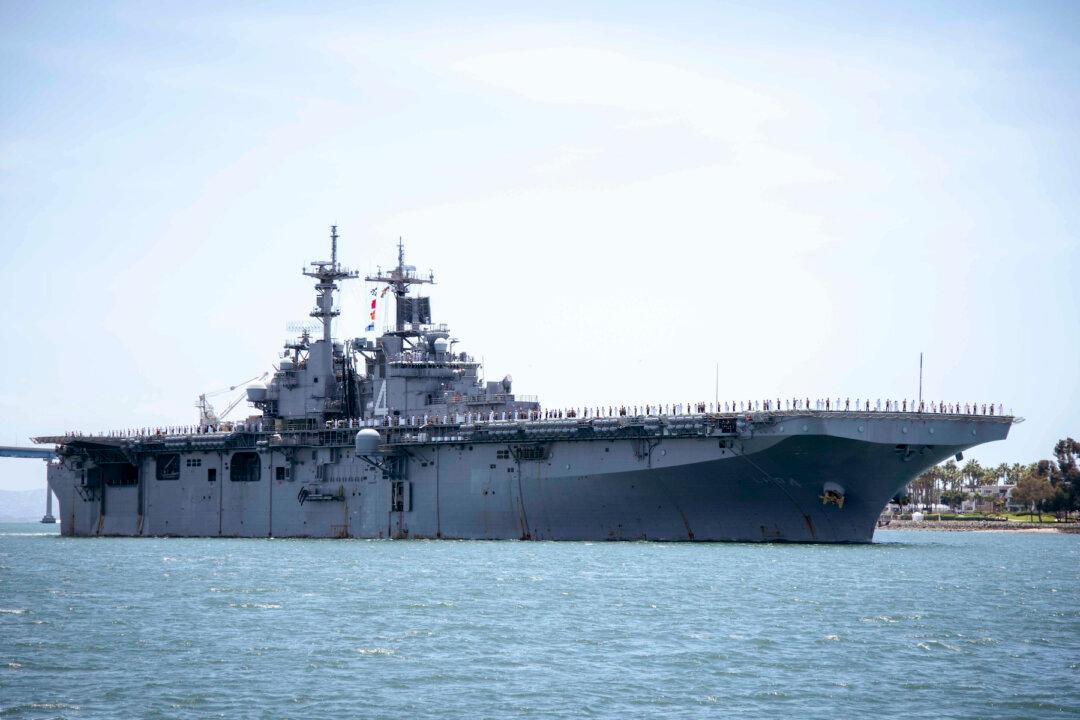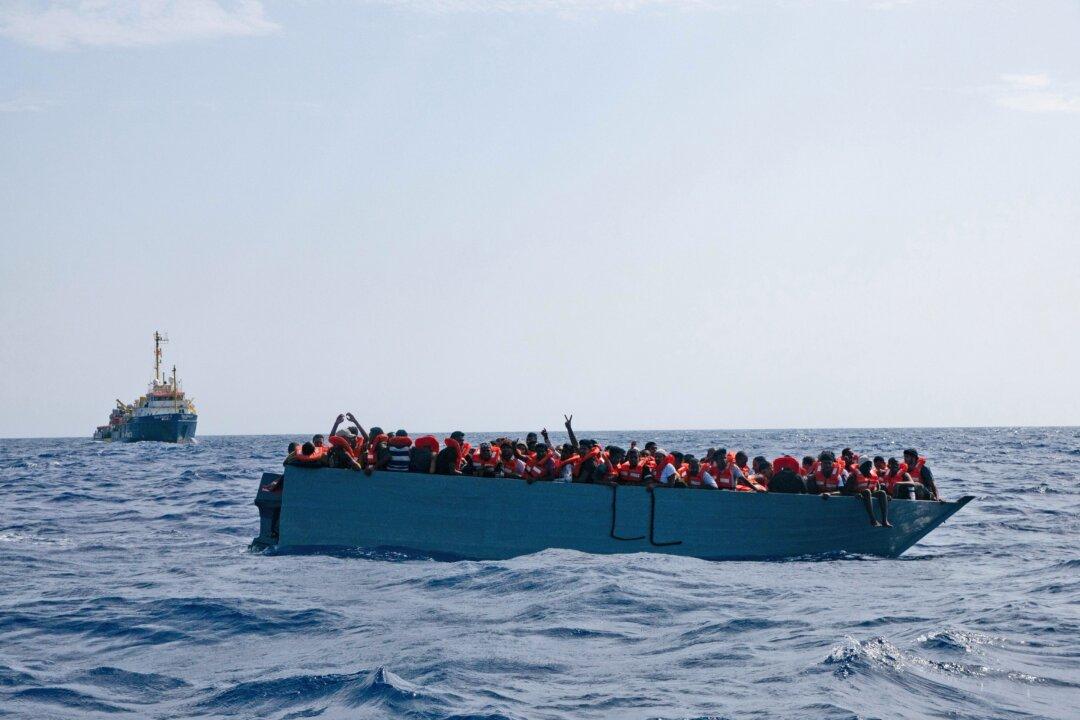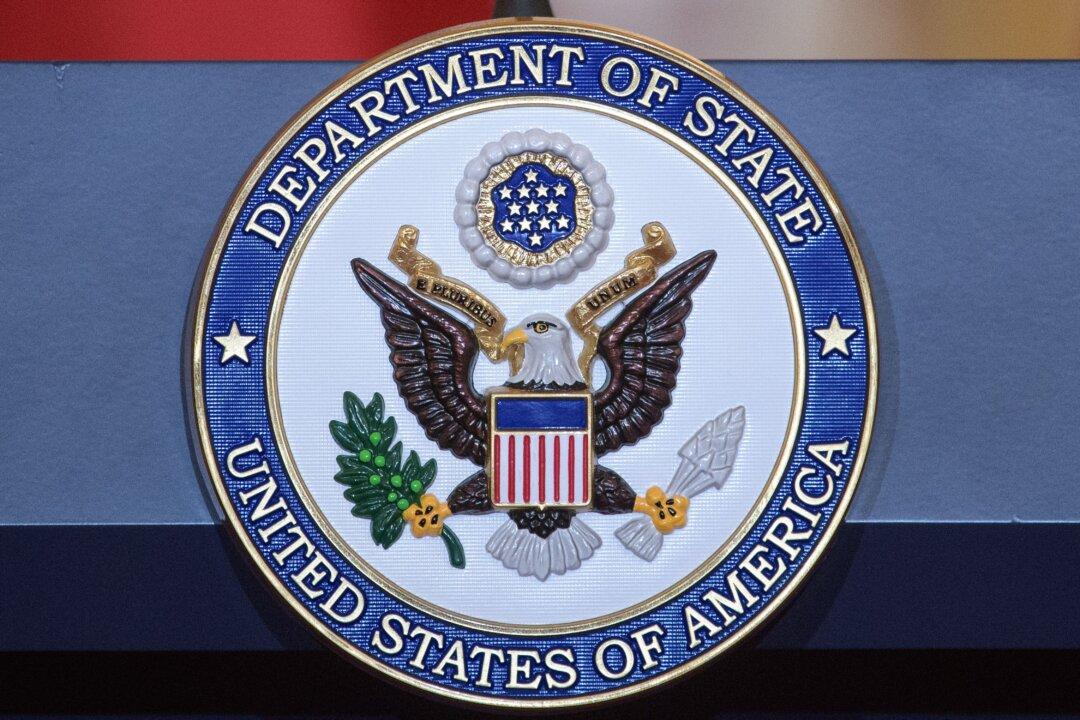The U.S. Navy 2nd Fleet, reestablished in 2018 to counter Russia, reached full operational capability on Dec. 31, seven months after achieving its initial operational capability, the Navy announced.
Based in Norfolk, Virginia, the 2nd Fleet will oversee and control assigned ships, aircraft, and landing forces on the Eastern, Western, and North Atlantic Ocean, as well as further north into the Arctic.





